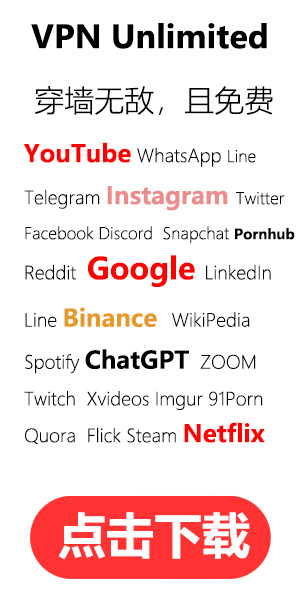得力官网
Part 1: Introduction to DeFi
Decentralized Finance, or DeFi, refers to a system of financial applications and services built on blockchain technology. Unlike traditional finance, DeFi aims to eliminate intermediaries, such as banks, and create a more open, accessible, and transparent financial ecosystem. By utilizing decentralized networks, smart contracts, and cryptocurrencies, DeFi allows individuals to have greater control over their assets and to participate in various financial activities, such as lending, borrowing, and trading, without the need for middlemen.
Part 2: Benefits of DeFi
One of the major advantages of DeFi is its potential to provide financial services to the unbanked and underbanked populations worldwide. By leveraging blockchain technology, DeFi can extend financial access to those who have previously been excluded from the traditional banking system. Additionally, DeFi applications can operate globally, enabling cross-border transactions without the limitations and fees associated with traditional banking channels.
Another crucial benefit of DeFi is its ability to ensure transparency and security. Blockchain technology enables tamper-proof, decentralized record-keeping, facilitating trust between parties without the need for intermediaries. Smart contracts, which automatically execute predetermined terms when specific conditions are met, remove the risk of human error or fraud.
Part 3: Challenges and Considerations
While DeFi holds immense potential, there are challenges that need to be addressed for its widespread adoption. The sector still faces scalability issues, as current blockchain networks struggle to handle the increasing demand for DeFi applications. Additionally, due to the relatively nascent nature of DeFi, there are regulatory uncertainties surrounding its operations, especially with regards to compliance and customer protection.
Part 4: The Future of Finance: How DeFi is Reshaping the Landscape
DeFi is rapidly gaining traction, with a wide array of applications emerging in areas such as decentralized lending, stablecoins, decentralized exchanges, and insurance. The potential for innovation and disruption in traditional finance is immense. DeFi has the potential to create a more inclusive financial system that is accessible to all, breaking down the barriers created by traditional finance. As technological advancements and regulatory frameworks evolve, DeFi is set to transform the way we manage and interact with our finances, offering a decentralized and more democratic financial landscape.
In conclusion, DeFi has the power to revolutionize the longstanding traditional financial system. By utilizing blockchain technology, it provides access to financial services and opportunities for the unbanked, ensures transparency and security through decentralized networks, and paves the way for a more inclusive and efficient financial future. The growth of DeFi is closely tied to its ability to overcome challenges such as scalability and regulatory compliance. As DeFi continues to mature, its impact on the financial landscape will be transformative, reshaping the way we think about money and financial transactions.
